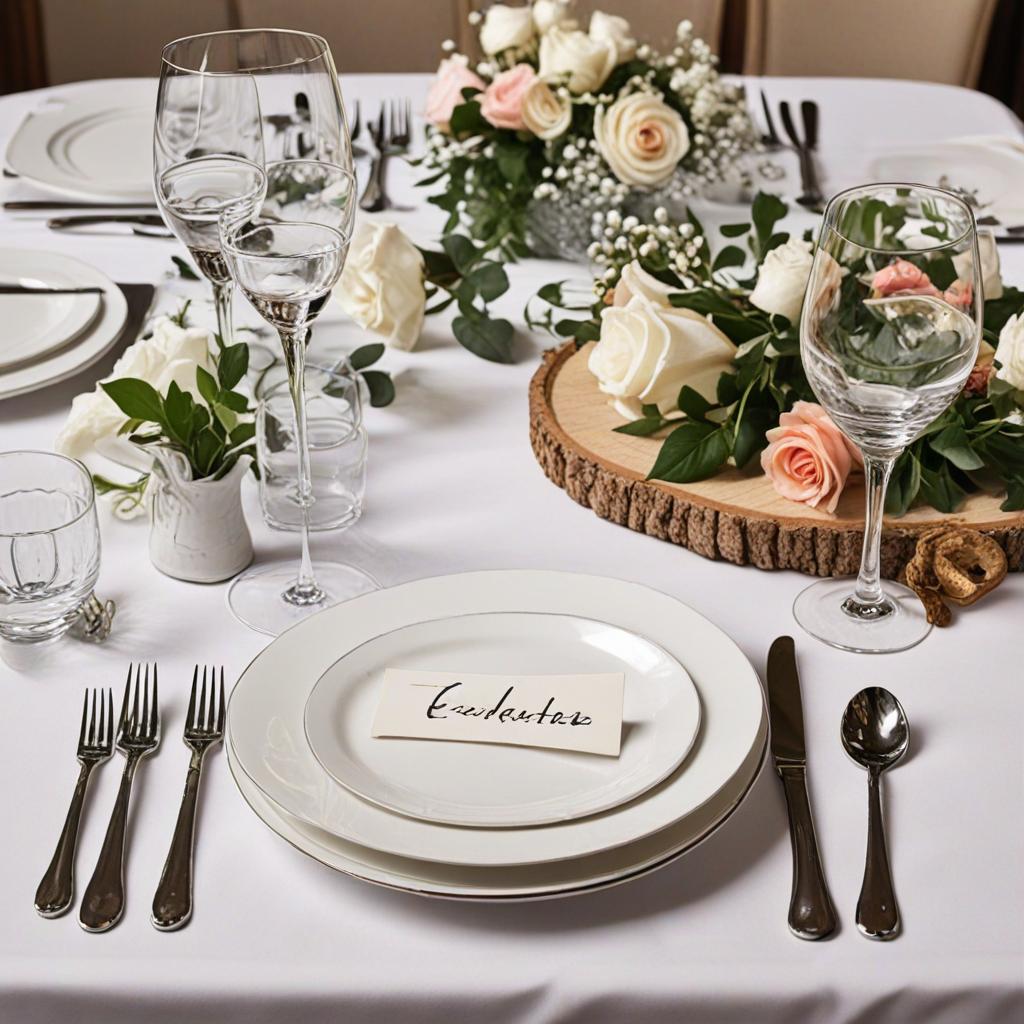In today’s moving world the significance of manners cannot be emphasized enough. Etiquette goes beyond rule-following; it involves displaying respect and thoughtfulness towards others. Whether you’re sharing a meal with friends, attending a gathering, or engaging in business activities, having a grasp of etiquette can empower you to navigate diverse situations with confidence and elegance. This guide will outline the aspects of dining, socializing, and business etiquette.

Dining Etiquette
Here’s how you can show manners at the dining table:
1. Sit up straight and avoid resting your elbows on the table.
2. Keep your hands in your lap when you’re not eating.
3. Place your napkin on your lap as soon as you sit down. Use it to dab your mouth and leave it on the chair or, to the left of your plate if you are finished.
4. Remember to use utensils from the outside in as each course is served and place them on your plate once you’re done.
5. Wait for everyone to be served before starting to eat take bites with mouths and refrain, from talking while chewing.
6. When drinking sip slowly of gulping and avoid reaching across the table for things.
7. If passing food items do so to the right offer dishes to others first before serving yourself.
8. Engage in conversations. Steer clear of controversial topics, especially in formal settings.
9. When finished eating place utensils together on your plate without pushing dishes or stacking them.
While the information, above serves as advice each culture has its unique dining etiquette. Here are some examples:
Different Cultures Dining Customs
Etiquette in Western (European/North American) Culture
- In Europe, it is customary to keep both hands visible on the table but rest your wrists at the edge.
- In North America, it’s typical to cut food into bites but try to avoid more than three pieces at once.
Etiquette in Asian Cultures
- In Japan, slurping noodles is seen as a way to express enjoyment.
- In China leaving a bit of food on your plate signifies satisfaction.
Middle Eastern Etiquette
Using the hand for eating is crucial as the left hand is considered unclean.
It is considered polite to try portions of all dishes offered.

Teaching Kids about Table Manners
Teaching children good table manners can be a life lesson. Here are some suggestions for educating kids:
- Lead by Example: Demonstrate manners for your children to emulate.
- Practice at Home: Family meals provide an opportunity, for practicing etiquette.
- Be Patient: mistakes gently. Praise positive behavior.
- Make it Enjoyable: Use games and role-playing to teach manners in a fun way.

Hosting Etiquette
When you’re hosting a meal it’s important to make your guests feel at ease
1. Preparation is Key: Make sure the table is set nicely and plan a menu that caters to any preferences or restrictions.
2. Create a Warm Environment: Welcome your guests warmly. Introduce them to one another.
3. Serve with Care: Ensure that the courses are served promptly and offer to refill their drinks.
4. Express Gratitude: Thank your guests for being there. Encourage them to help themselves with anything they might need.
5. Respond promptly to invitations. If you need to decline do with a brief explanation.
6. Be punctual for the event. If you anticipate being late inform the host soon as possible.
7. It’s customary to bring a gift for the host when attending events like flowers, wine, or a homemade treat.
8. After the event express your gratitude by sending a thank you note or message.
Having good table manners can enhance the dining experience, for everyone involved whether it’s a gathering or a casual get-together. Following these guidelines demonstrates consideration for those dining with you.

Conversation Etiquette
- Refrain, from speaking with food in your mouth. Wait until you have swallowed before engaging in conversation.
- Remember not to interrupt and allow the other person to finish speaking before responding. In conversations, it’s best to steer off controversial topics such, as politics, religion, and personal finance.
- Use inclusive language while conversing and avoid engaging in gossip or making remarks about others.

Regarding business etiquette
Maintain an appearance by dressing for your workplace. When in doubt it’s better to be overdressed than underdressed. Pay attention to grooming and personal hygiene. Keep accessories and jewelry subtle and professional while avoiding fragrances. Practice punctuality by arriving on time, for work and meetings. In case of delays notify parties promptly.
- Effective Communication: Utilize clear and concise language in emails and written correspondence to ensure clarity and brevity.
- Meeting Etiquette: Prepare for meetings by reviewing any materials. Engage actively and respectfully during discussions.
- Workspace Organization: Maintain an organized workspace respecting shared areas and cleaning up after yourself.
- Building Connections: cultivating relationships with colleagues and clients by showing interest in their work and well-being.
- Follow-up Communication: After meeting someone send an email or message to reinforce the connection made.
- Mentorship Opportunities: Seek mentors for guidance while also, being willing to mentor others. Sharing knowledge benefits all parties involved.
- Handling Challenges: Address conflicts calmly focusing on solutions rather than blame. Provide actionable feedback while also being open to receiving feedback with an open mind.
- Apologizing Gracefully; When mistakes occur offer apologies taking responsibility for your actions. Propose corrective measures when possible.
In Conclusion
Mastering etiquette across contexts. Be it dining, social interactions, or business settings. Can greatly enhance both your personal and professional life. By demonstrating respect, consideration, and attentiveness, towards others you can leave impressions. Nurture strong relationships.
Don’t forget manners aren’t guidelines; they’re, about showing others that you appreciate and respect them. By mastering these principles you’ll be able to handle scenarios with poise and assurance. Keep an eye out for our workshop, where we’ll delve deeper into each of these aspects providing advice and, in-depth instructions to help you enhance your etiquette abilities.
The images used in this blog are AI-generated for example purposes only and may not accurately represent the actual product, service, or scenario.
